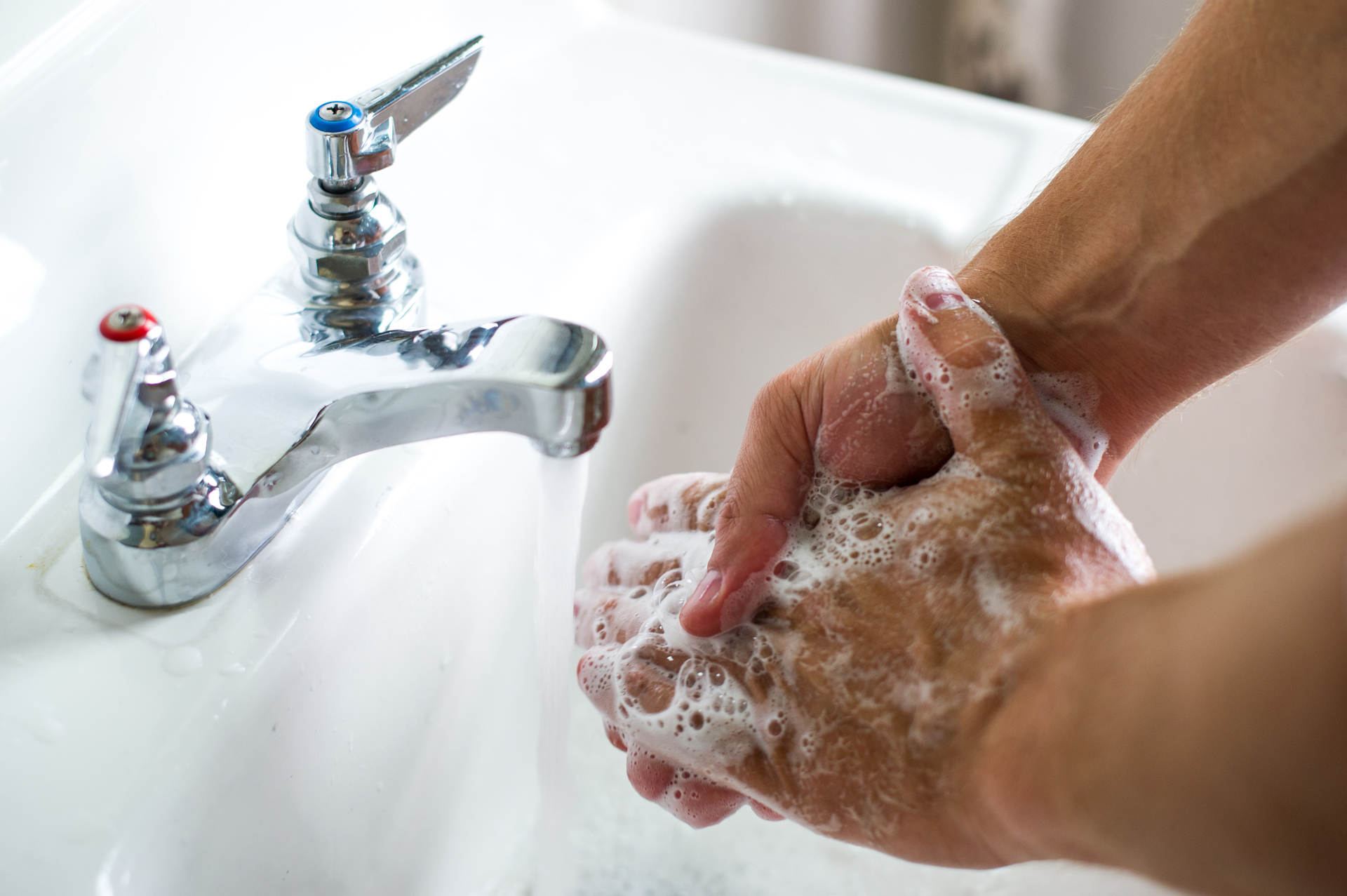Hand Care and Infection Control – Back to Basics

For hundreds of years, hand-washing with soap and water has been an important way to maintain personal hygiene. Good hand care is now seen as one of the most important, and effective methods of infection control activities.
In fact, with the number of health care associated infections on the rise, many health care professionals are reverting to traditional methods of infection control like hand washing to reduce risks and cross contamination.
Whilst handwashing is somewhat less glamorous than other hi-tech medical interventions, it Is known to be the single most important way of preventing the spread of infection.
Hospital and care home residents are already at greater risk of developing infection as a result of their compromised state of health. In addition, health and social care settings provide the perfect breeding ground for dangerous micro-organisms and can be very easily spread between the care giver and receiver.

The prevention of infection requires strict adherence to a number of good practices. Stringent attention to hand hygiene has been clinically proven to significantly reduce the number of Healthcare Associated Infections (HCI’s)
Hand hygiene should be performed using soap and water, hand santisiers or alcohol gels, like the ones available from www.broschdirect.com. Hand sanitisers and alcohol gels provide an efficient and effective way of disinfecting hands.
Situations that pose the greatest risks include, but are not limited to:
In addition to ensuring the correct handwashing techniques are used, health care professionals should also take care to dry hands thoroughly and correctly. Improper drying can re-contaminate hands that have been correctly washed. Organisms can transfer much more easily on wet surfaces than they do on dry. In addition, inadequately dried hands are more prone to skin damage.
Gloves should be worn whenever there is going to be contact with blood or body fluids. They shouldn’t be used as a substitute to hand washing, but should be put on immediately before the task is performed, and then removed and thrown away as soon as the task is complete. Hands should always be washed again after the gloves have been removed.
With almost 40% of children admitting they don’t always wash their hands with soap and water after using the toilet, and over three quarters saying they didn’t wash their hands before every meal, encouraging good hand care habits from an early age is vital to help stop the spread of infections and bugs – especially those that cause diarrhoea, vomiting and respiratory diseases.
The recommended method for children is with liquid soap, water and paper towels.
